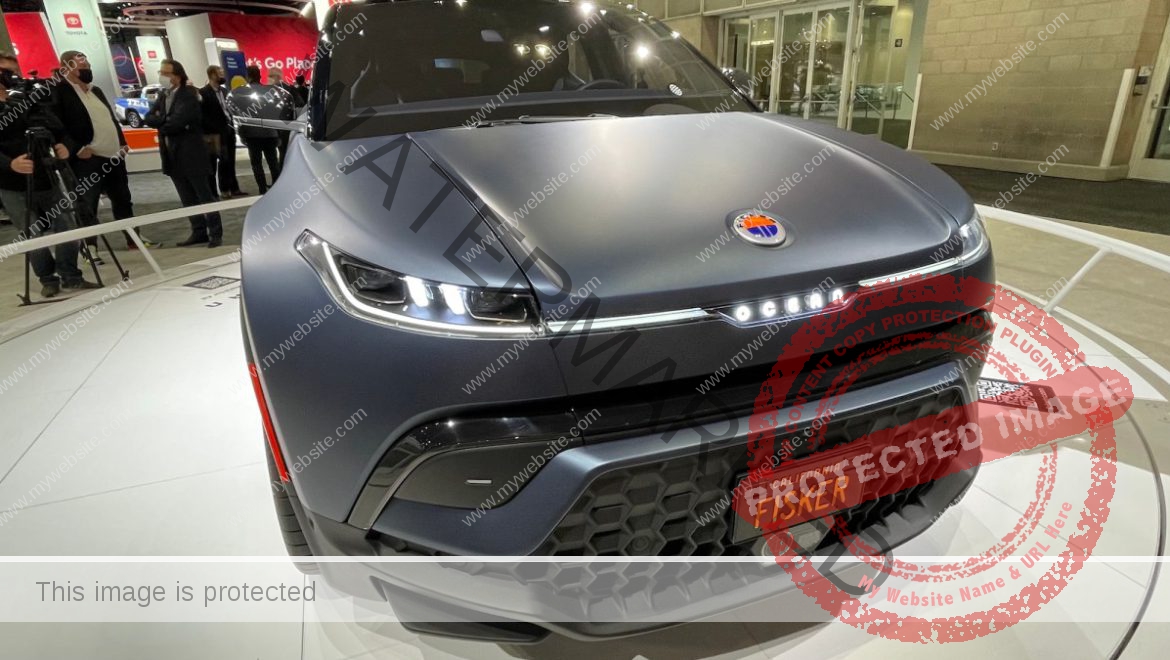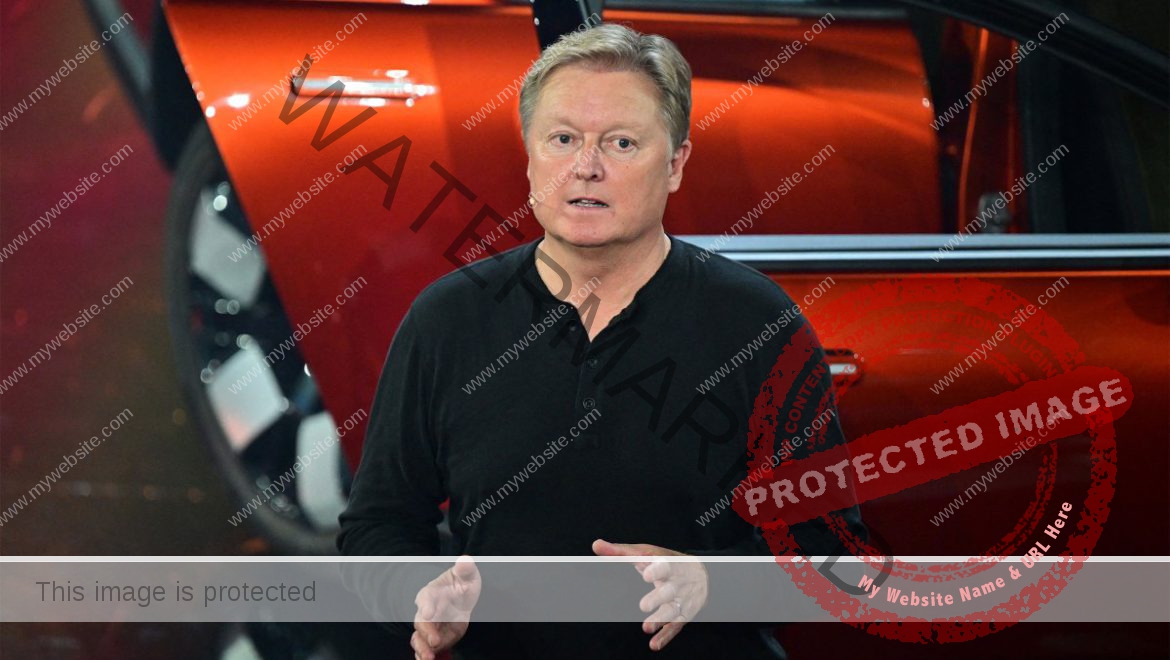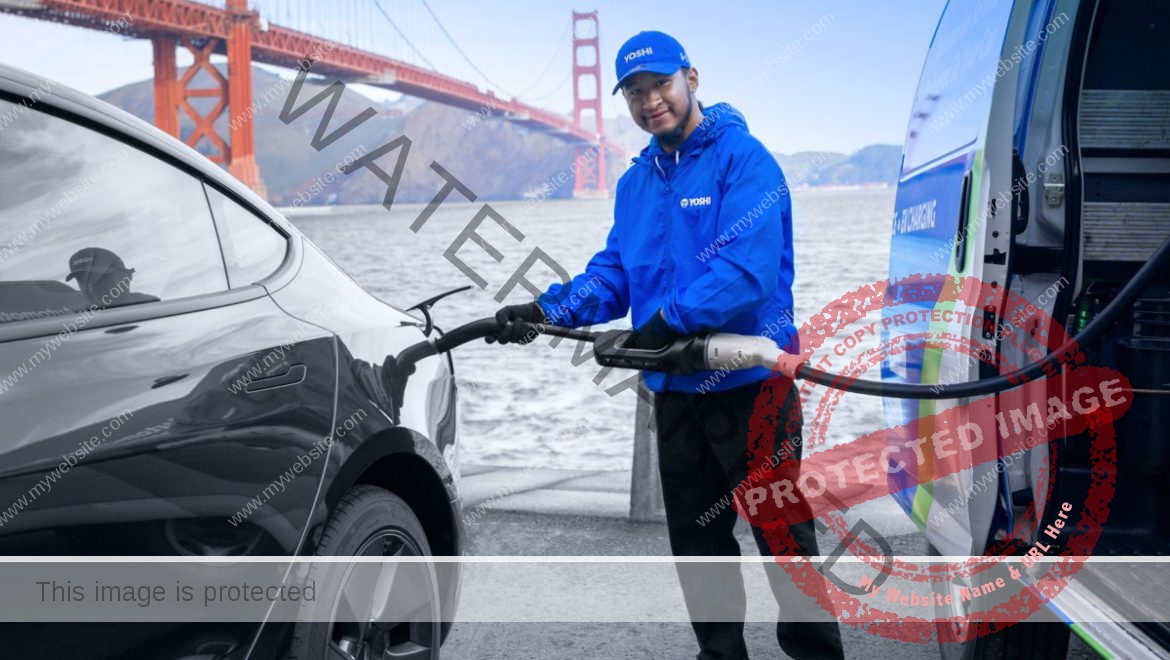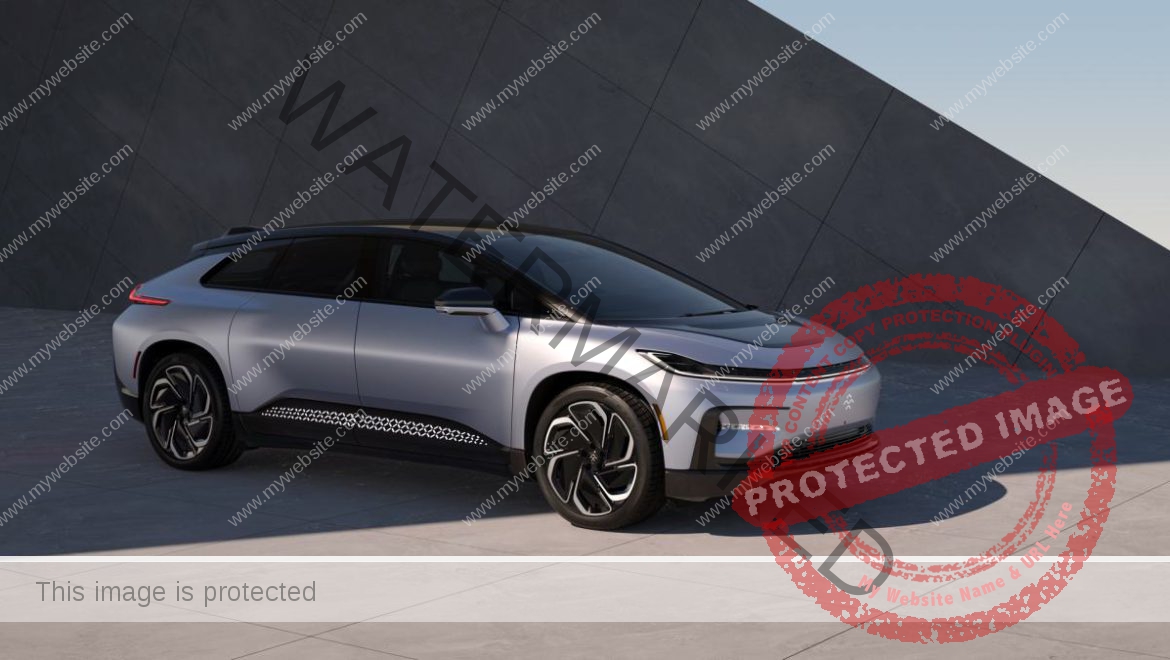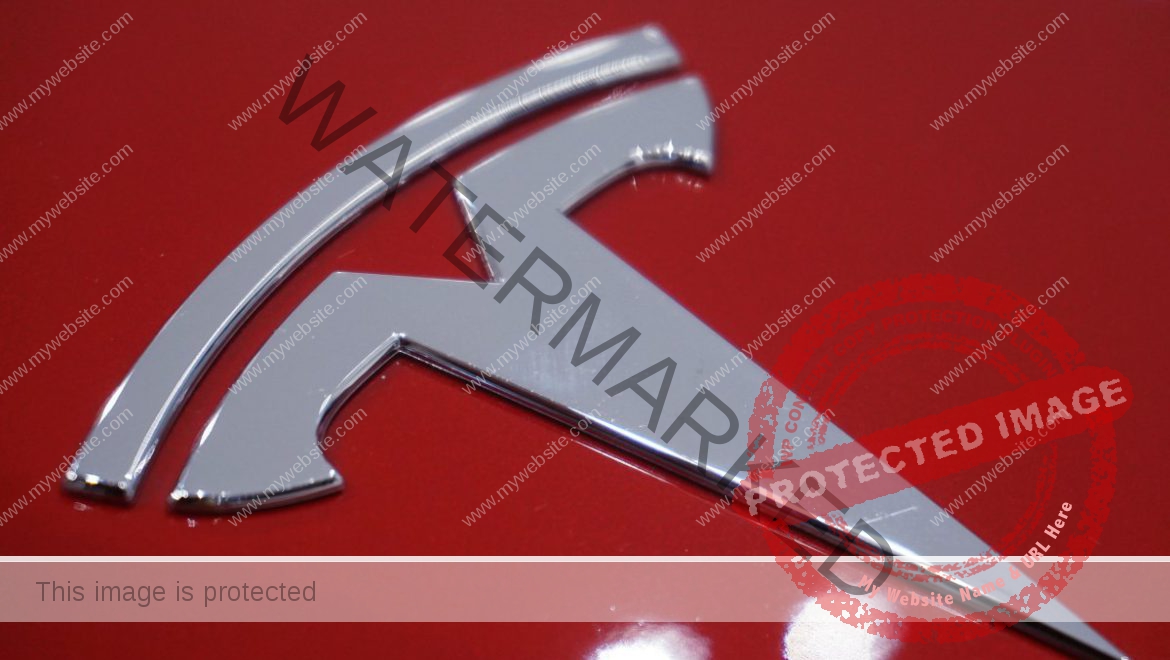Two internal whistleblowers at Faraday Future claim the troubled EV company has been lying about some of the few sales it has announced to date. They also claim founder Jia Yueting has “weaponized” the EV startup’s HR department to retaliate against anyone who speaks up about these alleged misrepresentations.
The employees, Jose Guerrero and Victoria Xie, have made those claims in a pair of newly filed lawsuits against Faraday Future and Jia — as well as the company’s head of HR, Nan Yang — in Los Angeles Superior Court, alleging wrongful termination, breach of contract, and infliction of emotional distress.
Both lawsuits also highlight what has been the central tension of Faraday Future: that its founder, Jia, allegedly continues to assert control over the company despite having been sidelined in 2022 as the result of an internal probe.
The previously unreported suits come as Faraday Future has continued to furlough and lay off employees to save what little cash it has left, to the point that it was nearly evicted from its Los Angeles headquarters after it missed multiple lease payments. This is all happening while the company is facing active investigations from the Securities and Exchange Commission and the Department of Justice.
“FF takes the allegations made in these two lawsuits by previous employees very seriously,” a spokesperson for Faraday Future said in an emailed statement. “FF believes on merit it has strong defenses to the alleged claims and will pursue all avenues and remedies available to protect and defend itself and the Company’s dedicated employees against all allegations including character attacks.”
Jia, in an email to TechCrunch, said: “I believe that there are numerous false statements and defamatory allegations in the said complaints. I plan to file counter-lawsuits against the parties involved.”
Guerrero and Xie, through counsel, declined to comment beyond the allegations in the filing.
Allegations of faked sales and retaliation
In an internal whistleblower letter submitted to the company’s general counsel on December 6, 2023, Guerrero and Xie claimed that Faraday Future lied about the first four publicly touted sales of its electric SUV, the FF91.
Guerrero, who was a senior director of sales and aftersales at Faraday Future, and Xie, who was the company’s “go-to-market project manager and launch manager,” say that the company announced these deliveries before the sales process had been completed. They claim three of the four were never fully paid for, at least at the time the whistleblower letter was submitted, and the fourth was only paid for “more than 60 days after the ‘sale’ was announced.” Faraday Future has since claimed to have delivered 10 vehicles in all of 2023.
Guerrero and Xie claim that when sales staff pushed back against these “premature” announcements, the leadership team in Jia’s department “continued to cite the need to announce sales to boost the Company’s share price and subjected staff who raised compliance concerns to retaliatory HR actions.”
Guerrero and Xie go on to claim that Faraday Future executed these sales agreements with its initial customers without performing pre-delivery inspections on the vehicles, and that one of Jia’s lieutenants dismissed concerns about this. They say the sales team was pressured to submit DMV paperwork “without the required insurance and cash payments.” They also claim Jia’s team was sending “non-road approved software” to these early customer cars and that they were not properly documenting or disclosing the software’s release notes to the National Highway Traffic Safety Administration, in potential violation of the Transportation Recall Enhancement, Accountability and Documentation Act.
What’s more, they claim Faraday Future has been performing repairs on these early customer vehicles without proper documentation or work authorization, which he says could put the company’s license with the California Bureau of Automotive Repair at risk.
“When [Defendant Mr. Jia] and his trusted circle inquired about regulatory requirements, it was done so with the clear intention to ‘creatively’ circumvent the rules,” they claim in the lawsuits.
Xie says in her complaint that she was fired “in retaliation for her protected whistleblowing” just two days after the letter was submitted, and claims Jia and Yang were directly involved in her firing. Xie attempted to file an arbitration claim against the company on December 22, according to the complaint. But Faraday Future didn’t pay the required arbitration fees and missed the 30-day window to do so, thus making it possible for her to file a lawsuit in Superior Court, the complaint claims.
Faraday Future allegedly fired Guerrero on January 18 in retaliation for speaking up, according to his complaint. He, too, filed an arbitration claim against the company, and when Faraday Future did not pay the fees, he was similarly free to file a lawsuit in Superior Court.
Jia’s control over Faraday Future has always been a thorny issue. As previously reported, Jia secretly ran the company in its earliest years despite the company listing someone else as its CEO on paper. He did ultimately take over as CEO, but he brought in a former BMW executive to fill that role in 2019 in order to appeal to investors. The company ultimately went public in 2021 by merging with a special purpose acquisition company.
Jia was reprimanded as the result of an internal probe that began in late 2021. That investigation looked into claims from a short-seller that Faraday Future had overstated the number of preorders for its vehicles, as well as a lack of proper disclosures around the founder’s movement of money in and out of the company. In 2022, people close to Jia helped lead a boardroom coup all while being investigated by the SEC and the DOJ.
Jia is still not CEO, but Guerrero and Xie claim in their lawsuits that he “heads a shadow organization” that controls the company’s destiny. They say he and his trusted lieutenants meet at one of the mansions he purchased on the Pacific coastline nearly every week.
“All major operational decisions within key functions of the businesses, including human resources, budget allocations, vehicle release, and the financial services, are directed and approved by Jia,” they claim in the lawsuits.
You can read Guerrero’s lawsuit here, and Xie’s lawsuit here.
This story has been updated with a comment from Faraday Future and from founder Jia Yueting.

